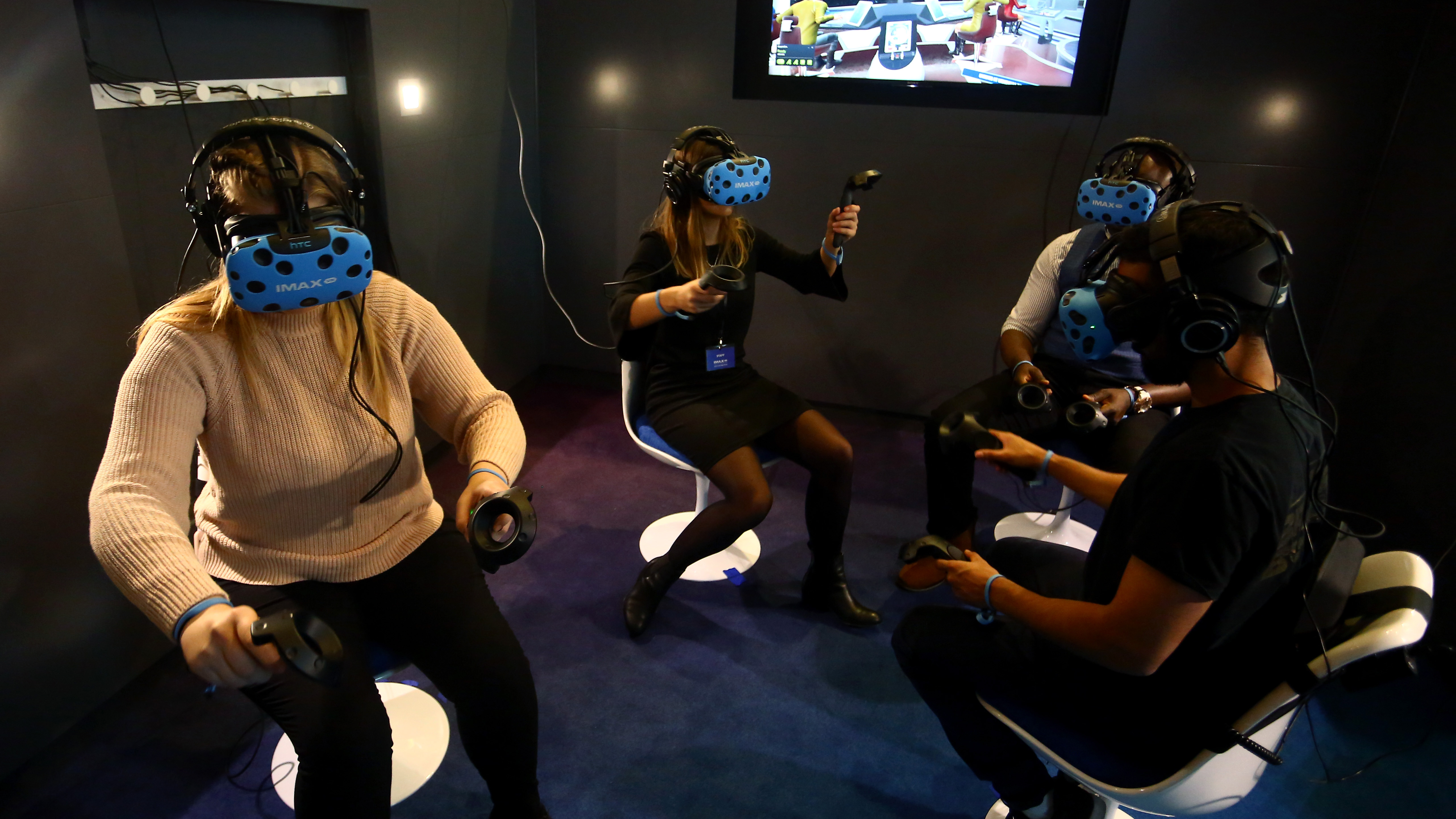
Multiplayer in VR: Social Spaces and New Rules of Engagement
Multiplayer experiences in VR are redefining how people connect, collaborate, and compete in digital spaces. Far beyond the traditional scope of online gaming, virtual reality introduces a level of presence and interaction that mimics real-life social encounters. Whether you're high-fiving a teammate after a mission or chatting with strangers in a fantasy tavern, VR makes social gaming more personal and immersive than ever before.
Unlike flat-screen multiplayer games, VR titles emphasize physical expression, spatial audio, and environmental awareness. These features allow players to read body language, gesture naturally, and occupy shared spaces in ways that feel genuine and emotionally resonant. From dance battles and co-op puzzle solving to real-time voice chat in social hubs, the possibilities for human interaction are vast and rapidly expanding.
Games like “VRChat,” “Rec Room,” and “Echo VR” have pioneered interactive social experiences, letting users build custom avatars, create rooms, and host events ranging from casual meetups to virtual concerts. These digital worlds are evolving into dynamic communities where friendship, creativity, and culture flourish in fully immersive settings.
Meanwhile, competitive multiplayer in VR is gaining traction through games like “Population: One,” “Pavlov VR,” and “Contractors.” These titles push players into intense, full-body gameplay, where physical motion directly influences performance. Ducking, aiming, climbing, and reloading become real actions, leading to a heightened sense of engagement and physicality rarely seen in traditional games.
Social etiquette and safety are becoming essential topics as well. Developers are implementing features such as personal space bubbles, voice moderation, and customizable interaction settings to promote respectful behavior and safeguard users from harassment. These tools are helping shape the rules of engagement in virtual worlds, ensuring that immersive multiplayer remains enjoyable for all.
Cross-platform functionality and persistent identities are also influencing how multiplayer VR evolves. Players want to carry their avatars, achievements, and relationships across games and systems. As interoperability improves, the VR multiplayer landscape is becoming a network of interconnected experiences rather than isolated apps.
In 2025 and beyond, the future of VR multiplayer lies in seamless integration of social dynamics, customizable avatars, and immersive mechanics. These innovations are not only changing how we play but how we form communities, communicate emotions, and share meaningful moments with others—no matter the distance. Virtual reality is not just a place to play together; it's where we build the next generation of digital interaction.